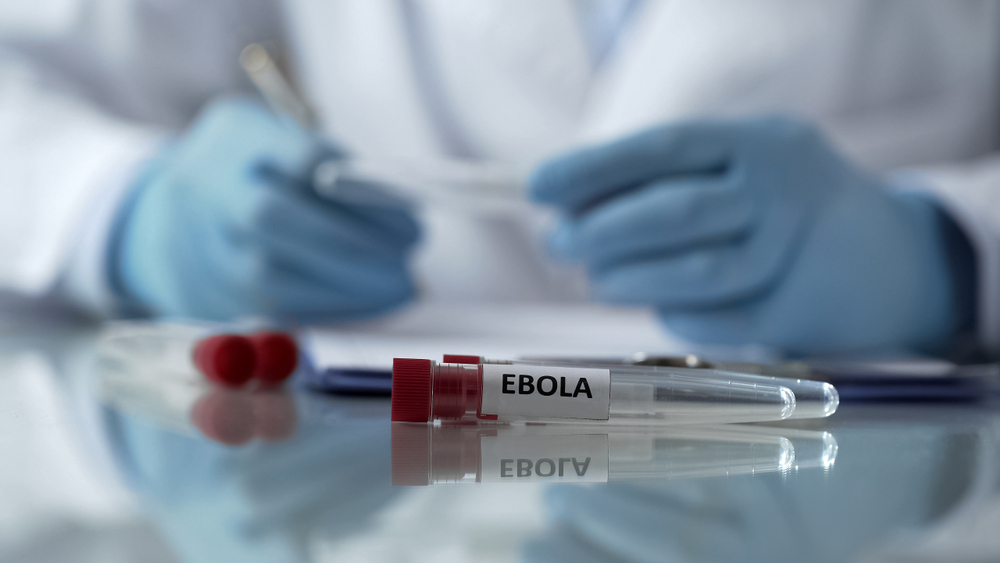
The U.S. Food and Drug Administration (FDA) allowed last week marketing of the OraQuick Ebola Rapid Antigen test began, marking the first time a rapid diagnostic test for Ebola was permitted in the United States.
OraSure Technologies, Inc will market OraQuick. The test detects Ebola virus proteins in human blood. Ebola virus disease is a severe, often fatal disease caused by the Ebola virus. Spread through contact with blood, body fluids, or contaminated objects, it is responsible for the two largest outbreaks in history, including the one currently ongoing in the Democratic Republic of the Congo.
“The current outbreak in the DRC has already killed thousands and the outbreaks in West Africa that began in 2014 tragically killed more than 11,000,” Acting FDA Commissioner Ned Sharpless said. “Investigational vaccines and therapeutics have shown promising results, but one of the most important tools in stopping these outbreaks is quickly diagnosing patients and supporting safe and dignified burials. This marketing authorization may provide additional assurances to health care professionals seeking to use these types of rapid diagnostics.”
Sharpless and the FDA envision the diagnostic helping doctors to isolate and treat patients facing the threatening condition more quickly. Since the device can also be used on the dead, they believe it could spur safer burials as well, and thereby reduce the risk of transmission. Organizations at work in the DRC are already fighting EVD’s spread through campaigns to promote hygiene, large-scale vaccination campaigns, specialized Ebola treatment centers, as well as tracing and prevention efforts that include safer burial procedures.
OraQuick first became available through the Emergency Use Authorization pathway, which allows the FDA to authorize unapproved medical products to face public health emergencies. Since then, it has gone through multiple clinical and analytical studies. The data from these moved the FDA to establish general and special controls to guarantee the test’s safe and effective use.
At issue was the amount of virus present at different times. Patients with severe EVD symptoms usually host a large amount of Ebola virus. However, attempts to catch it early, when symptoms are mild or not yet present, yield only small detectable virus amounts. The FDA recognized through the studies the importance of testing only symptomatic patients at times when the amount of virus would be high enough to be detectable. Consequently, they made the OraQuick Ebola Test for use in patients suspected of EVD infection only when they meet the Centers for Disease Control and Prevention’s epidemiological criteria. It is not a general screener.
The FDA warns that negative results do not rule out Ebola virus infection. Additional testing and confirmation are required beyond the OraQuick test, but it remains a positive start.
Approval was granted under the De Novo premarket review pathway — a regulatory pathway meant for new devices that present low to moderate risks. Special controls to determine requirements linked to accuracy, reliability, and effectiveness of these tests were also established, and the test put into a new regulatory classification, opening a pathway for similar devices to demonstrate equivalent effects.

